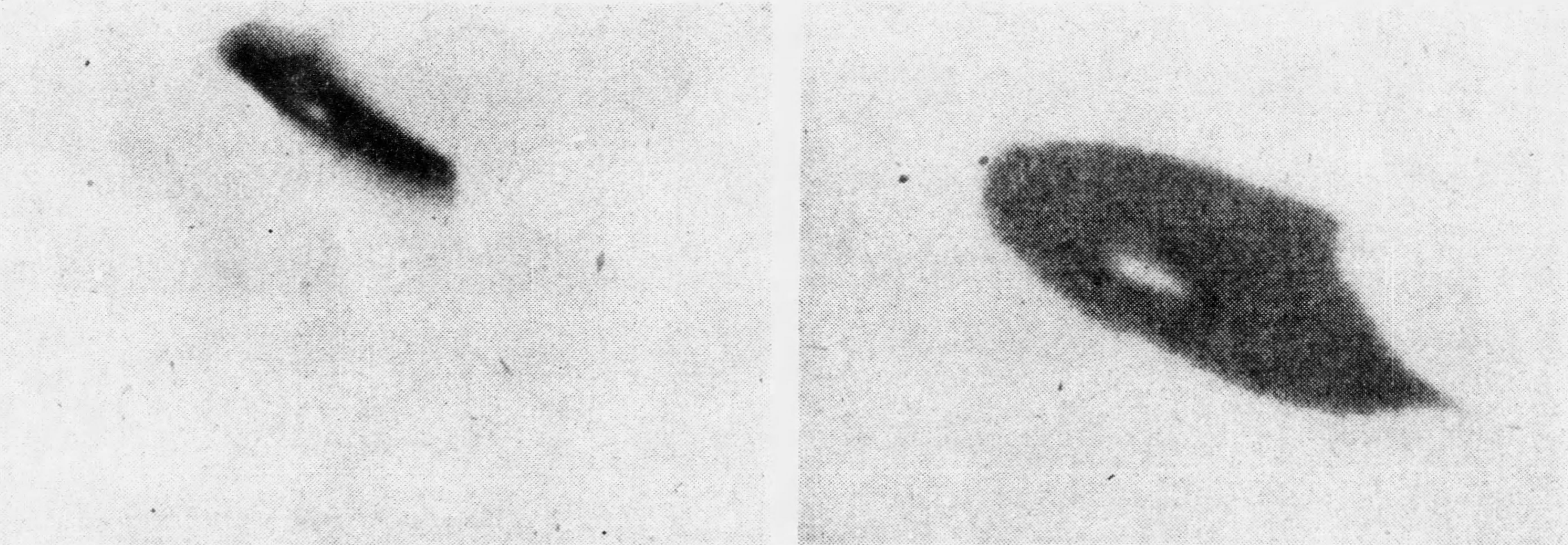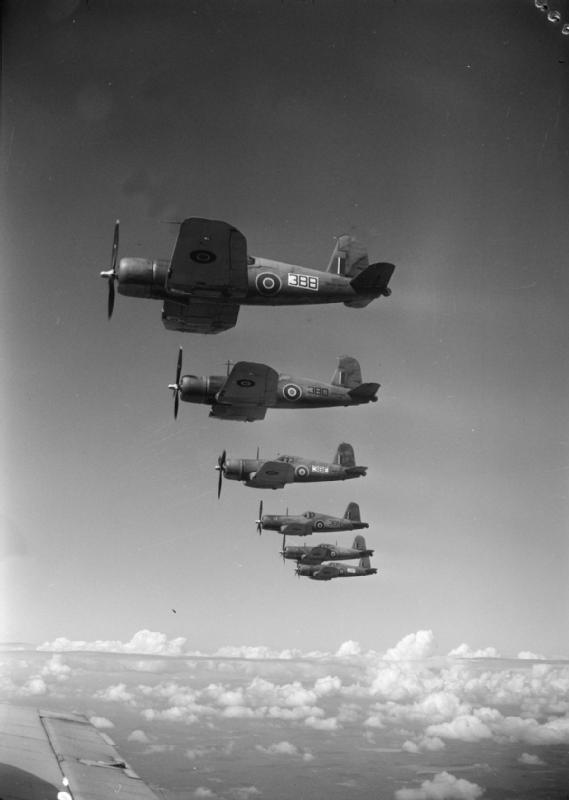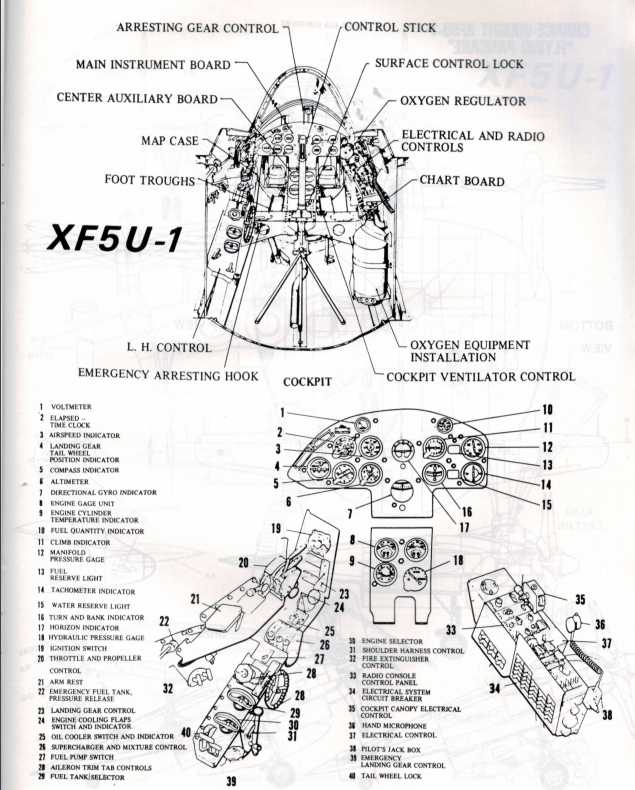|
Flying-saucer
A flying saucer (also referred to as "a flying disc") is a descriptive term for a type of flying craft having a Disk (mathematics), disc or saucer-shaped body, commonly used generically to refer to an anomalous flying object. The term was coined in 1947 but has generally been supplanted since 1952 by the United States Air Force term unidentified flying objects (or UFOs for short). Early reported sightings of unknown "flying saucers" usually described them as silver or metallic, sometimes reported as covered with navigation lights or surrounded with a glowing light, hovering or moving rapidly, either alone or in tight formations with other similar craft, and exhibiting high maneuverability. History Disc-shaped flying objects have been interpreted as being sporadically recorded since the Middle Ages. On January 25, 1878, the ''Denison, Texas, Denison Daily News'' printed an article in which John Martin, a local farmer, had reported seeing a large, dark, circular object resembling ... [...More Info...] [...Related Items...] OR: [Wikipedia] [Google] [Baidu] |
Kenneth Arnold UFO Sighting
The Kenneth Arnold UFO sighting occurred on June 24, 1947, when private pilot Kenneth Arnold claimed that he saw a string of nine, shiny unidentified flying objects flying past Mount Rainier at speeds that Arnold estimated at a minimum of 1,200 miles an hour (1,932 km/hr). This was the first post-World War II sighting in the United States that garnered nationwide news coverage and is credited with being the first of the modern era of UFO sightings, including numerous reported sightings over the next two to three weeks. Arnold's description of the objects also led to the press quickly coining the terms ''flying saucer'' and ''flying disc'' as popular descriptive terms for UFOs. Sighting On June 24, 1947, Arnold was flying from Chehalis, Washington, to Yakima, Washington, in a CallAir A-2 on a business trip. He made a brief detour after learning of a $5,000 reward (equivalent to $ today) for the discovery of a U.S. Marine Corps C-46 transport airplane that had crashed near M ... [...More Info...] [...Related Items...] OR: [Wikipedia] [Google] [Baidu] |
Kenneth Arnold
Kenneth Albert Arnold (March 29, 1915 – January 16, 1984) was an American aviator, businessman, and politician. He is best known for making what is generally considered the first widely reported modern unidentified flying object sighting in the United States, after claiming to have seen nine unusual objects flying in tandem near Mount Rainier, Washington on June 24, 1947. After his alleged sighting, Arnold investigated reports of UFOs, writing and speaking about the topic for years to come. In 1962, Arnold won the Republican Party's nomination for Lieutenant Governor of Idaho, losing in the general election. Biography Arnold was born on March 29, 1915 in Sebeka, Minnesota. He grew up in Scobey, Montana. He was an Eagle Scout and all-state football player in high school. He attended the University of Minnesota in 1934–35. In 1938, he began work for Red Comet, manufacturer of automatic firefighting equipment. He was promoted to district manager the following year. ... [...More Info...] [...Related Items...] OR: [Wikipedia] [Google] [Baidu] |
Discopter
Alexander George Weygers (October 12, 1901–July 23, 1989) was a polymath Dutch-American artist who is best known as a sculptor, painter, print maker, blacksmith, carpenter, philosopher, mechanical engineer, aerospace engineer and author. Biography Weygers was born in Mojokerto, Dutch East Indies, where his Dutch parents, Albert Weijgers and Johanna van Leenhoff, owned and operated a sugar plantation and a hotel. His mother taught literature and several languages at a high school in Surabaya. Alex inherited his mother's linguistic talents and his father instilled a deep love of nature, design, and ecology into him as he accompanied his father on botanical explorations in Indonesia. In 1916, his prosperous parents sent him to the Netherlands to study. First he attended a secondary school where, among other things, he studied the discipline of blacksmithing—which he often referred to as the "mother craft" of all civilization. He graduated from Groningen Politechnicum in me ... [...More Info...] [...Related Items...] OR: [Wikipedia] [Google] [Baidu] |
Alexander Weygers
Alexander George Weygers (October 12, 1901–July 23, 1989) was a polymath Dutch-American artist who is best known as a sculptor, painter, print maker, blacksmith, carpenter, philosopher, mechanical engineer, aerospace engineer and author. Biography Weygers was born in Mojokerto, Dutch East Indies, where his Dutch parents, Albert Weijgers and Johanna van Leenhoff, owned and operated a sugar plantation and a hotel. His mother taught literature and several languages at a high school in Surabaya. Alex inherited his mother's linguistic talents and his father instilled a deep love of nature, design, and ecology into him as he accompanied his father on botanical explorations in Indonesia. In 1916, his prosperous parents sent him to the Netherlands to study. First he attended a secondary school where, among other things, he studied the discipline of blacksmithing—which he often referred to as the "mother craft" of all civilization. He graduated from Groningen Politechnicum in me ... [...More Info...] [...Related Items...] OR: [Wikipedia] [Google] [Baidu] |
Unidentified Flying Object
An unidentified flying object (UFO), more recently renamed by US officials as a UAP (unidentified aerial phenomenon), is any perceived aerial phenomenon that cannot be immediately identified or explained. On investigation, most UFOs are identified as known objects or atmospheric phenomena, while a small number remain unexplained. Scientists and skeptic organizations such as the Committee for Skeptical Inquiry have provided prosaic explanations for a large number of claimed UFOs being caused by natural phenomena, human technology, delusions, or hoaxes. Small but vocal groups of ufologists favour unconventional, pseudoscientific hypotheses, often claiming that UFOs are evidence of extraterrestrial intelligence. Beliefs surrounding UFOs have inspired parts of new religions. While unusual sightings have been reported in the sky throughout history, UFOs became culturally prominent after World War II, escalating during the Space Age. The 20th century saw studies and investiga ... [...More Info...] [...Related Items...] OR: [Wikipedia] [Google] [Baidu] |
Vought
Vought was the name of several related American aerospace firms. These have included, in the past, Lewis and Vought Corporation, Chance Vought, Vought-Sikorsky, LTV Aerospace (part of Ling-Temco-Vought), Vought Aircraft Companies, and Vought Aircraft Industries. The first incarnation of Vought was established by Chance M. Vought and Birdseye Lewis in 1917. In 1928, it was acquired by United Aircraft and Transport Corporation, which a few years later became United Aircraft Corporation; this was the first of many reorganizations and buyouts. During the 1920s and 1930s, Vought Aircraft and Chance Vought specialized in carrier-based aircraft for the United States Navy, by far its biggest customer. Chance Vought produced thousands of planes during World War II, including the F4U Corsair. Vought became independent again in 1954, and was purchased by Ling-Temco-Vought (LTV) in 1961. The company designed and produced a variety of planes and missiles throughout the Cold War. Vought wa ... [...More Info...] [...Related Items...] OR: [Wikipedia] [Google] [Baidu] |
Flying Flapjack
The Vought XF5U "Flying Flapjack" was an experimental United States Navy, U.S. Navy fighter aircraft designed by Charles H. Zimmerman for Vought during World War II. This unorthodox design consisted of a flat, somewhat disc-shaped body (hence its name) serving as the lifting surface. Two piston engines buried in the body drove propellers located on the leading edge at the wingtips. Design and development A developed version of the original Vought V-173, V-173 prototype, the XF5U-1 was a larger aircraft. Of all-metal construction, it was almost five times heavier, with two 1,400 hp (1,193 kW) Pratt & Whitney R-2000 radial engines. The configuration was designed to create a low Aspect ratio (wing), aspect ratio aircraft with low takeoff and landing speeds but high top speed. The aircraft was designed to keep the low stall speed and high angle of attack from the V-173 prototype while providing for better pilot visibility, cockpit comfort, less vibration, and provisions to ... [...More Info...] [...Related Items...] OR: [Wikipedia] [Google] [Baidu] |
GFS Projects
GFS Projects Limited is a British company developing a vertical take-off and landing aircraft shaped like a flying saucer. The company was established in 2002 by Geoff Hatton, and won a contract with the US government in 2007 to design an unmanned aerial vehicle. The GFS Projects design uses the Coandă effect, unlike the failed 1950s Avrocar The Avro Canada VZ-9 Avrocar was a VTOL aircraft developed by Avro Canada as part of a secret U.S. military project carried out in the early years of the Cold War. The Avrocar intended to exploit the Coandă effect to provide lift and thrust ... project. The GFS Projects design is mechanically simpler, using negative upper surface air pressure caused by the Coanda effect. Scale prototypes capable of controlled flight have existed since 2005, constructed by both GFS Projects Ltd and amateur (enthusiast) UAV builders. GFS is an abbreviation of ''Geoff's Flying Saucer Technical background The concept of creating a disk or polygonal ... [...More Info...] [...Related Items...] OR: [Wikipedia] [Google] [Baidu] |
Comic Science Fiction
Science fiction comedy (sci-fi comedy) or comic science fiction is a subgenre of science fiction or science fantasy that exploits the science-fiction (SF) genre's conventions for comedic effect. Comic science fiction often mocks or satirizes standard SF conventions – such as alien invasion of Earth, interstellar travel, or futuristic technology. It can also satirize and criticize present-day society. An early example was the '' Pete Manx'' series by Henry Kuttner and Arthur K. Barnes (sometimes writing together and sometimes separately, under the house pen-name of Kelvin Kent). Published in ''Thrilling Wonder Stories'' in the late 1930s and early 1940s, the series featured a time-traveling carnival barker who uses his con-man abilities to get out of trouble. Two later series cemented Kuttner's reputation as one of the most popular early writers of comic science fiction: the ''Gallegher'' series (about a drunken inventor and his narcissistic robot) and the ''Hogben'' series ... [...More Info...] [...Related Items...] OR: [Wikipedia] [Google] [Baidu] |
The Tale Of The Bamboo Cutter
is a (fictional prose narrative) containing elements of Japanese folklore. Written by an unknown author in the late 9th or early 10th century during the Heian period, it is considered the oldest surviving work in the form. The story details the life of Kaguya-hime, a princess from the Moon who is discovered as a baby inside the stalk of a glowing bamboo plant. After she grows, her beauty attracts five suitors seeking her hand in marriage, whom she turns away by challenging them each with an impossible task; she later attracts the affection of the Emperor of Japan. At the tale's end, Kaguya-hime reveals her celestial origins and returns to the Moon. The story is also known as , after its protagonist.Katagiri et al. 1994: 81. Background ''The Tale of the Bamboo Cutter'' is considered the oldest surviving , though its exact date of composition is unknown. A poem in the , a 10th-century work that describes life in the imperial court, invokes the tale in reference to a moon-vie ... [...More Info...] [...Related Items...] OR: [Wikipedia] [Google] [Baidu] |





